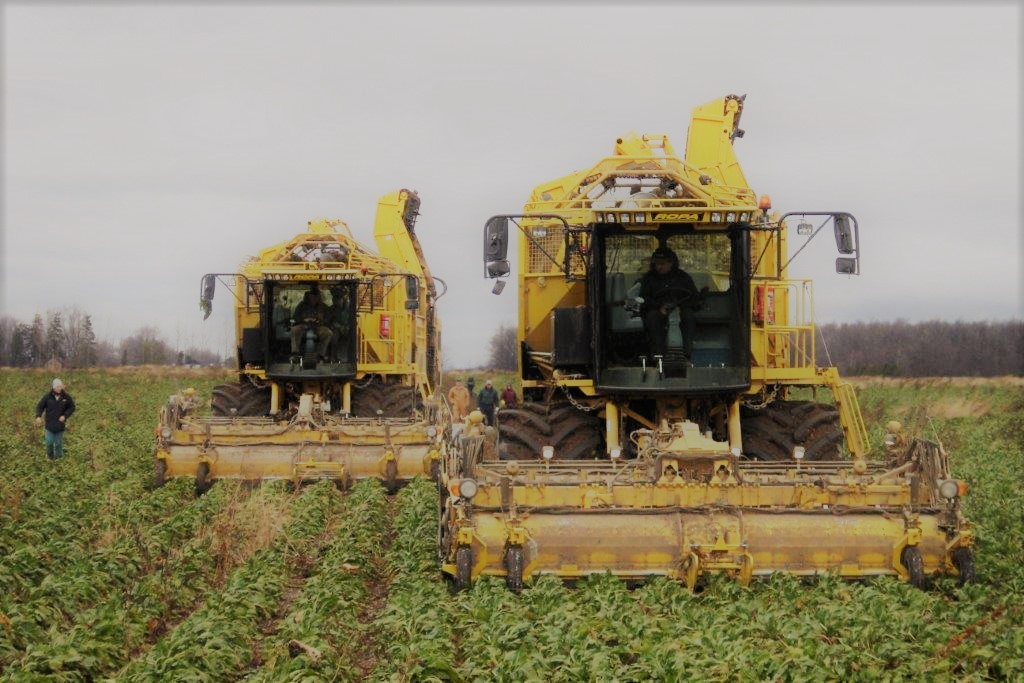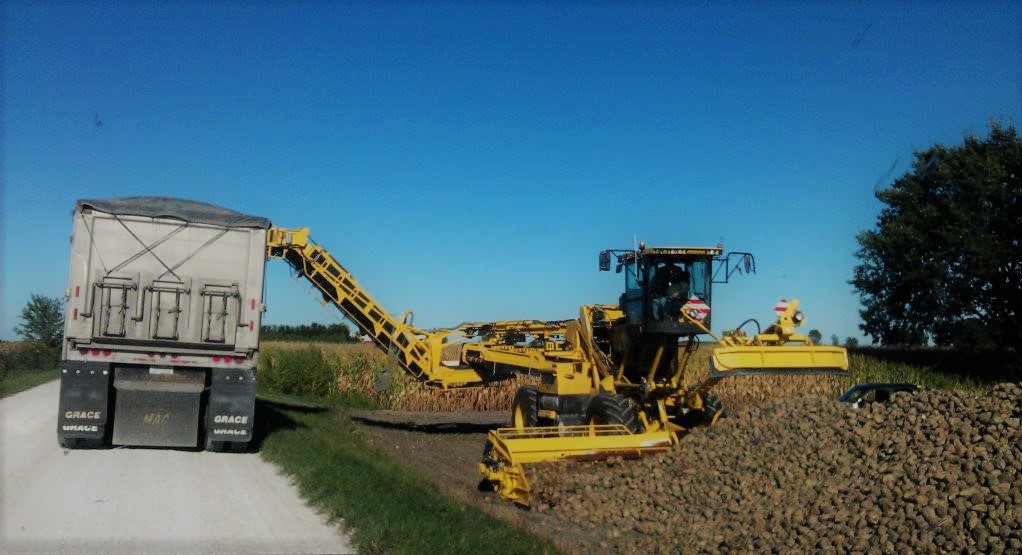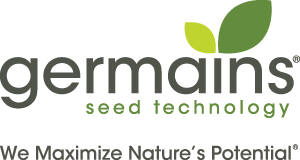How Seed Treatments Impact Sugarbeet Harvesting Equipment
Sugarbeet harvesting equipment and methods do vary significantly between production areas in the USA. Each produce or area has their own reasons for which method they engage. Producers must evaluate each system for potential drawbacks and benefits. A multitude of factors to consider that range from economics to the availability of labor. The ultimate goal is to quickly and economically deliver clean, high-quality beets to the factory.
How Seed Treatments Impact Sugarbeet Harvesting Equipment
No matter which harvester type and or methods used, harvest is made easier with uniform stands, clean fields, and healthy crops. Germains Seed Technology continues to be the leader in developing seed enhancements that improve crop emergence, stand, and uniformity. Germains seed treatments for sugarbeet aid in producing excellent stands that allow for better topping and less harvest loss. Crop uniformity is beneficial for all types of harvesters/toppers including pull or self-propelled machinery. There has been a significant disparity between growing areas in harvesting equipment. Traditional pull type harvesters are still predominating in most areas.
However, the European self-propelled harvesters are steadily increasing in some growing areas. Michigan for example currently has 65 self-propelled harvesters that harvest 33% of Michigan crops. This growing region also has 24 self-propelled cleaner loaders which allow producers to pile beets on the headland and clean beets in the field before transport.

Self Propelled Sugarbeet Harvester
No harvest system is perfect. Each system has its advantages and disadvantages when compared. The following is a partial list comparing harvester types. A plus indicates an advantage:

Indeed, the disadvantage of self-propelled harvesters is the initial investment. When harvesting the same number of rows per day, acres harvested are comparable. The ease of cleaning is similar to traditional harvesters depending on field conditions and the grower’s skill in adjusting. However, self-propelled machines often can re-enter fields under wetter conditions. Recent modifications to self-propelled harvesters have improved topping by combining rubber flails and scalping. Growers indicate much less harvest stress during operation of self-propelled harvesters. Both types of harvesters are very reliable with proper maintenance.

Field Loader and Sugarbeet Cleaner
The additions of self-propelled cleaner loaders enable growers to pile beets on the headlands for later delivery. Usually, beets are cleaned in the field 1 to 3 days after harvest and loaded on trucks for scheduled factory delivery. Because trucks never enter the field but are loaded on the side of the road, this works exceptionally well for scheduling early delivery beets and eliminating piling at outstations.

Aerial View of Sugarbeet Loading Operation
The end goal is to deliver clean, high-quality beets to the factory. Attaining these results can be achieved with either a self-propelled or pull type harvesters. Each production area is different in accessing the value of potential benefits or drawbacks each system. For example, Michigan’s wet harvest conditions would favor the self-propelled. In arid areas, this would not be as important. Good managers should utilize a long-term strategy to evaluate harvesters when determining what would be most advantageous for their farm operation.
